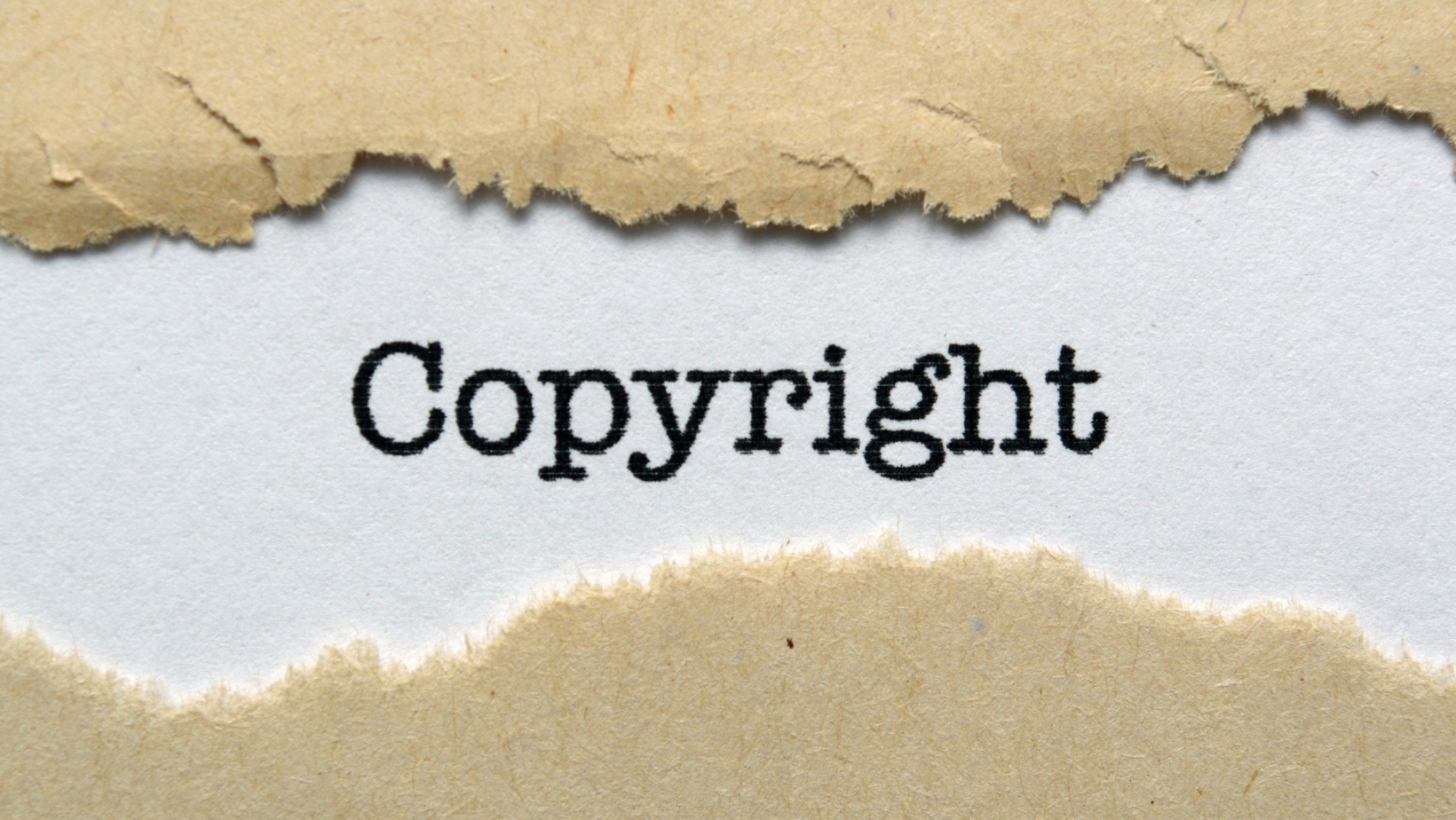We use cookies to ensure a comfortable browsing experience on our website and to continuously improve its features, performance, and usability through traffic analysis. Learn more.
Wondering if you can safely create rugs with your favourite characters, brand logos, etc.? This article looks at the possible implications of using copyrighted designs in tufting and whether you should really be worried in practice. Read what experienced tufters and experts have to say and whether you are really at risk of getting in trouble for creating and possibly selling such designs.

Short answer
The simplest way to put it is that selling rugs with copyright designs is not legal, but the companies just don't care and don't address it legally.
We have not encountered this in our years in the industry, we have never heard of any legal complications. The problem should arise when you sell rugs with someone else's graphics in bulk. For our part, we recommend letting your imagination run wild and creating your own graphics.
Can you tuft famous characters or logos?
Using copyrighted characters or logos in tufting projects can be a legally complex matter. Popular designs from films, games or well-known brands are often protected by copyright and trademark.
This means that although you can create rugs with these designs using your tufting gun for your own use, selling or distributing them more widely without permission can lead to potential legal problems.
Do these problems occur often?
While potential complications and disputes with corporate lawyers may sound scary and expensive, it's worth looking into whether these situations happen at all. Speaking for ourselves, we have not yet encountered anything like this. And we've been in the business for a while now!
Our customers regularly show us their creations – often incorporating logos of their favourite brands, designs inspired by specific shoes or characters from games. So far, none of them have mentioned that they have had any legal problems because of this. Some of them even sell their creations and yet have not faced any reproach or legal action.
It is worth noting that you will find on the internet that many people use copyrighted items outside of tufting. Obviously this does not seem entirely correct, and we are not even saying that - we are just mentioning that it happens.
For example, if we look at Google Shopping, someone is selling a painting or poster with a Gucci motif and logo, but it is not by Gucci and contains artistic elements. Such sales do not directly profit from the brand, but the main focus is on the art and creativity behind the work created.
.jpg)
Be cautious
Although we haven't personally encountered these problems, that certainly doesn't mean we recommend or encourage you to do so. Everyone should proceed with caution and use common sense.
If you decide to create an occasional piece for yourself or your friends, you probably won't have any problems. But for example, if you open a store and offer 100 rugs with your favorite designer clothing brand's logo on them, things could get bad!
Therefore, it is always better to consider the level of risk and proceed with caution. You do it at your own risk, even if it is not a very big risk according to the available information.
What the tufters themselves say:
We've scoured various internet forums about tufting so you don't have to. We've read the experiences and insights of other people in the industry and here you have it nicely summed up in a nutshell.
- In practice, the creation and sale of items based on protected characters or logos can constitute copyright infringement in practice.
- Creating rugs for personal use or as gifts is usually okay and falls under the doctrine of fair use.
- However, selling rugs with copyright design changes the situation, even if the design is slightly modified.
- Platforms like Etsy actively monitor for copyright infringement and use lawyers and bots to detect it.
- Some creators go unnoticed because companies may not consider small handmade items to be much of a threat. However, this is a grey area and there is no guarantee that you will avoid penalties.
- A "fair use" defense may be possible if the work significantly transforms the original material or is a parody or criticism. Even so, the company can send a cease and desist request.
- Lawsuits against large companies can be costly and financially devastating.
- Some creators try to get around the problem by making minor changes, such as renaming characters, or selling carpets as a "gift" with another product. However, these strategies are not foolproof.
- The more popular your work, the more likely it is that the company will decide to take legal action.
- The safest route is to focus on creating and selling original works.
As a reminder, these are only summaries and conclusions from other people's comments in public discussions on the internet, such as Reddit, etc. These are mostly tufters who probably know what they're talking about.
We at Tufty think it's just best to tuft your own designs, after all these are usually the more interesting rugs, you can expect more admiration from others. Plus, as tufting becomes more of a trend, the chances that the companies concerned will take more notice of the art and address it more.
